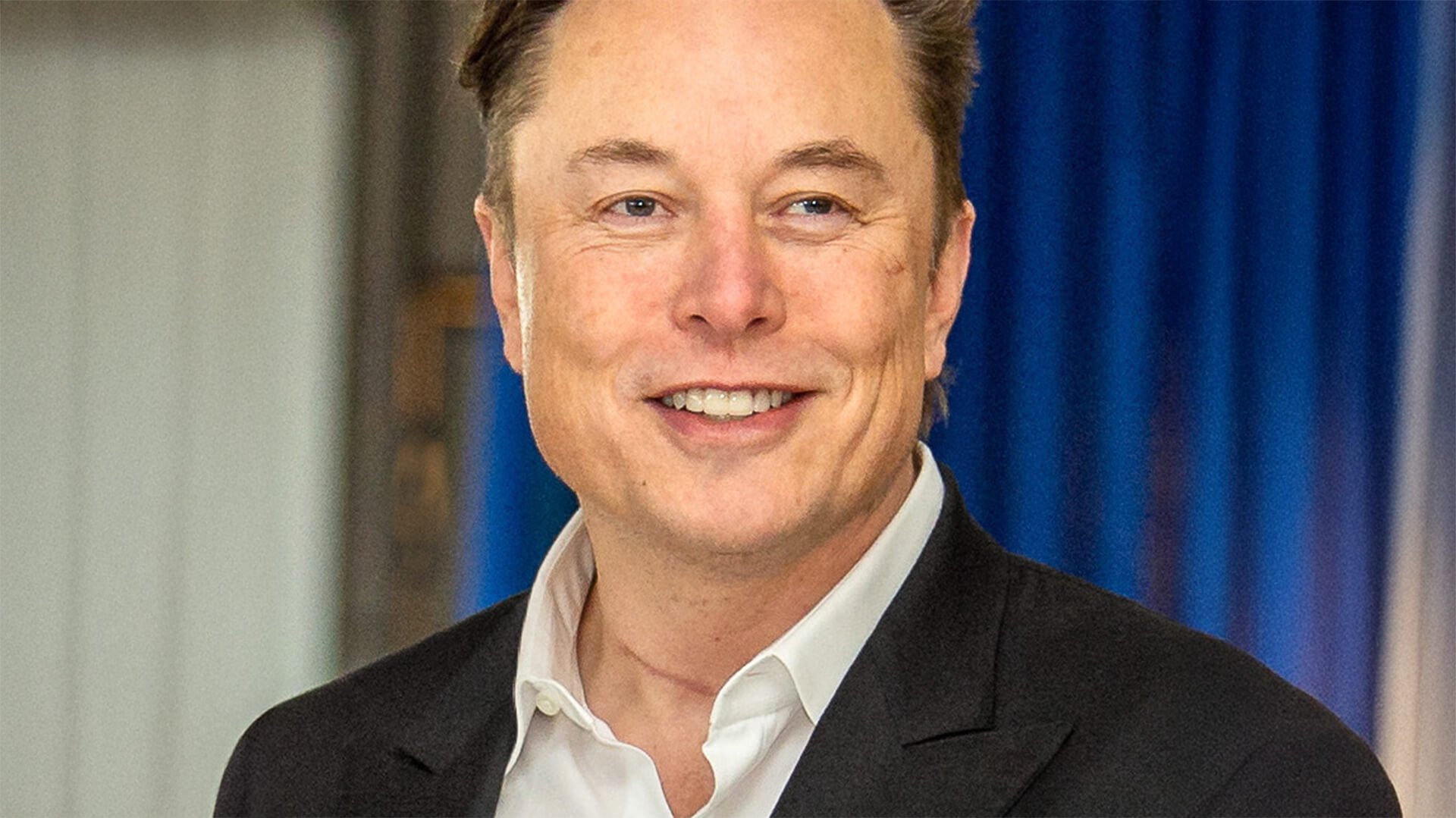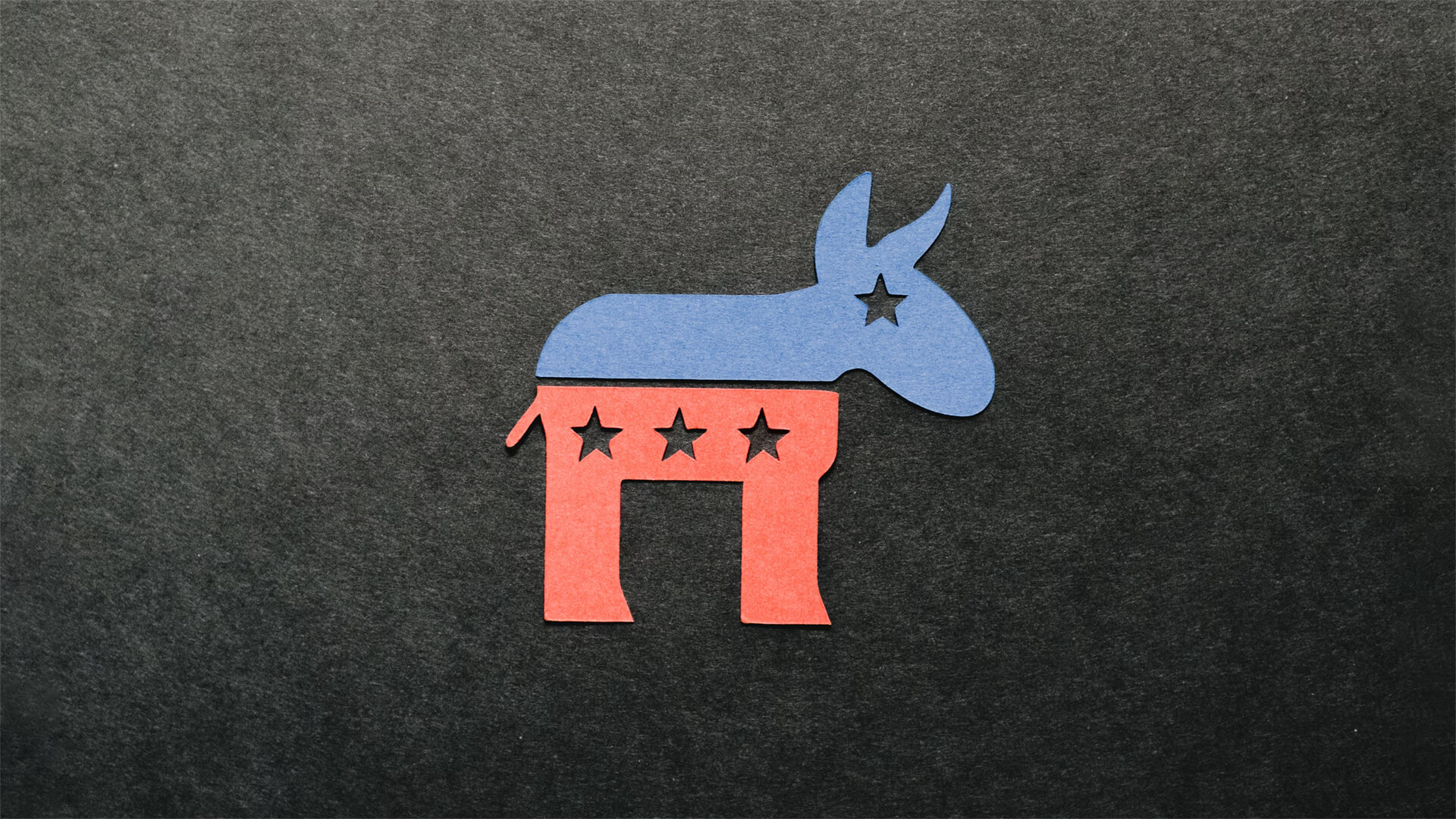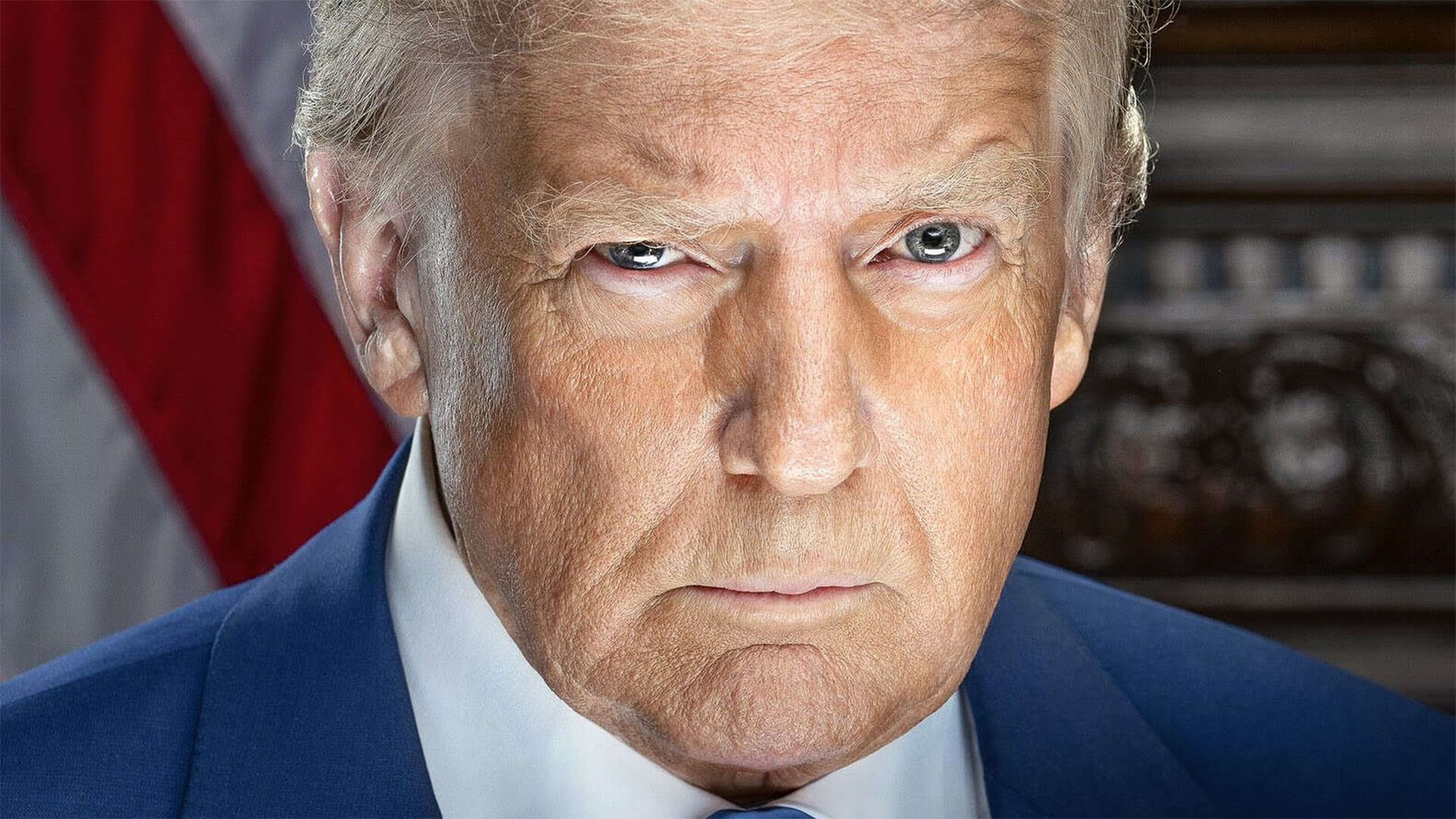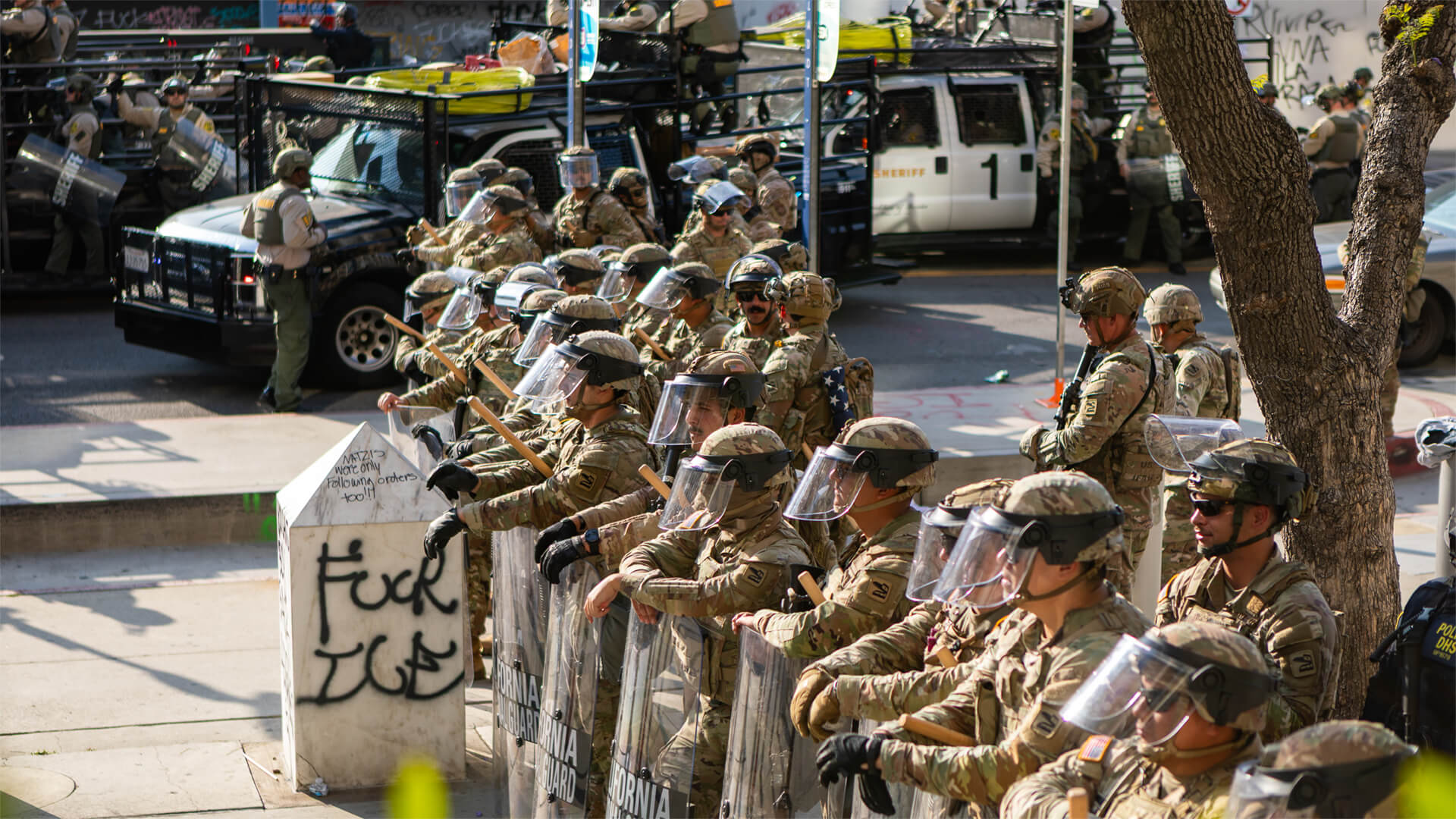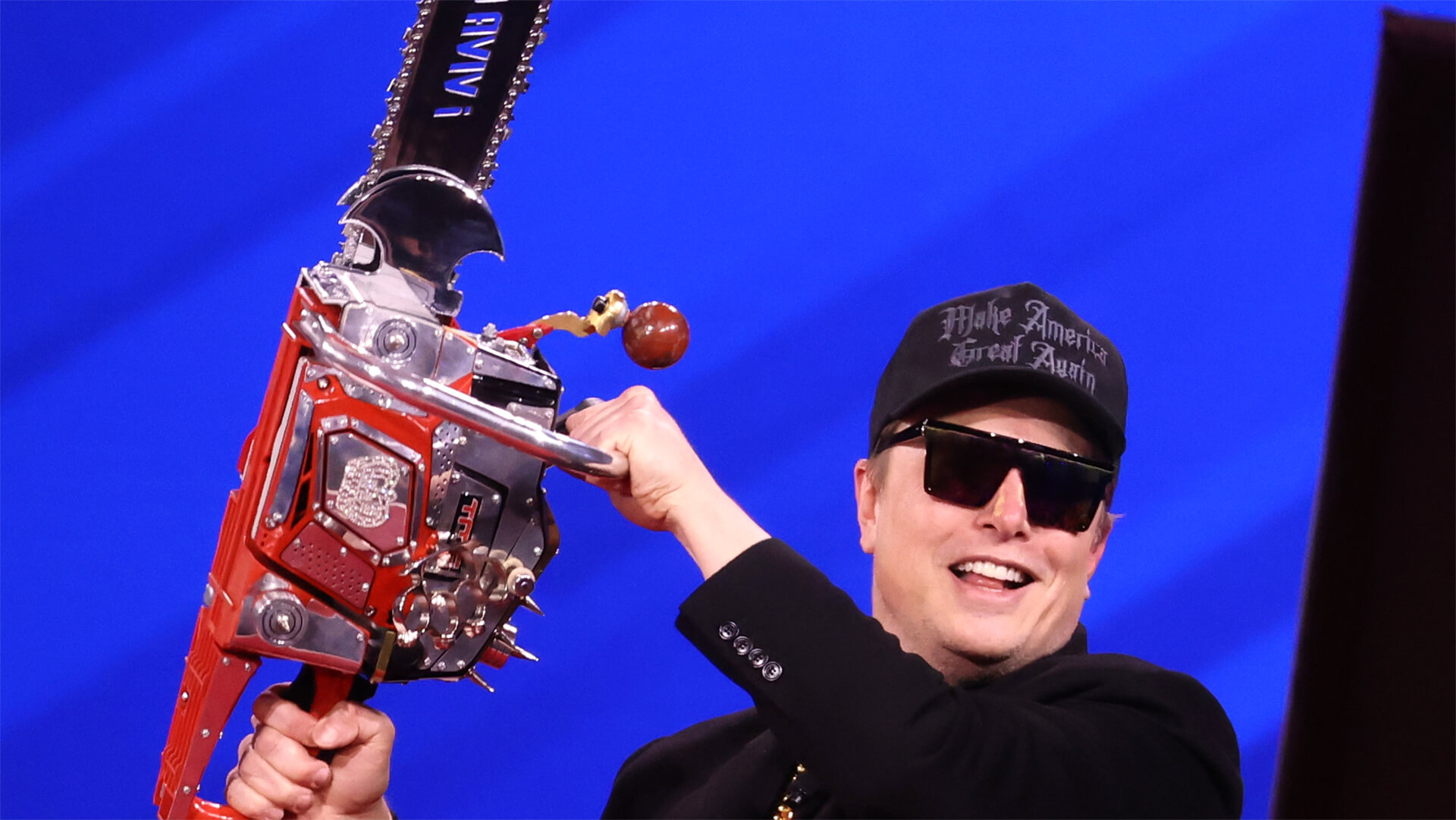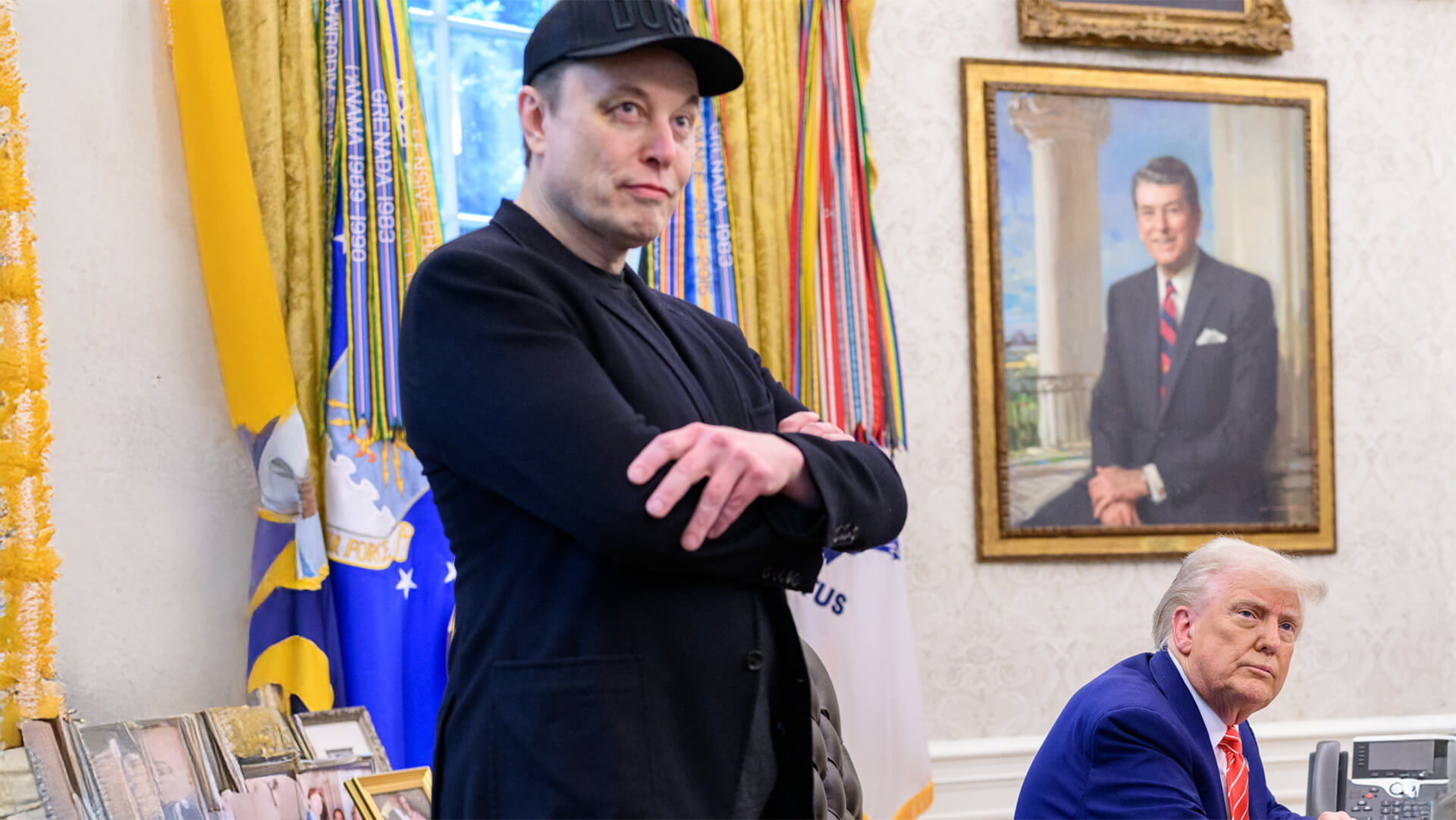I know what everyone is thinking. US politics are just too clean and boring, we could really use something to spice ’em up. Well, Elon Musk has the perfect thing for you! Introducing the America Party.
As a direct challenge to Trump, MAGA, and the GOP, Musk is proposing a new party. However, going down this path is a lot messier than it may seem. Musk is hoping to capture the drifting factions, as the traditional Democratic and Republican parties are in flux. But this can only play out two ways. The America Party replaces one of the other major parties or it splits an existing party and weakens it permanently.
Musk will face massive barriers to achieving this. Not only the monetary side of things (which could be the nail in the coffin for Tesla), but also the technical side of getting on ballots and finding candidates. And the most likely outcome would still be a splitting of votes with the GOP and handing the Democrats a victory.
Transcript
Hey all Peter Zeihan here. Coming to you from breezy Colorado. And today we’re gonna talk about third parties in the American political system, because none other than Elon Musk has now declared war on Trump. MAGA and the Republican Party and says he is going to launch his own party, the America Party that is intended to run in the next federal elections In the year 2028, Okay.
Leaving aside the specific chances of a musk led party deal with that later, let’s talk about how this usually works in the United States framework. So every generation or two, the United States political system goes through a seismic upheaval when the party coalitions of the past generation or two no longer fit for the day.
So if you go back to the last time we had a reorganization in the aftermath of the Great Depression in World War Two, we saw a lot of political factions jump sides. So, for example, big business used to all be Democrats. They became Republicans. African-Americans used to all be Republicans. Part of that was loyalty to Abraham Lincoln’s party.
They all became Democrats. Lots of things moved around until we got into the form that were more or less into today, which is, you know, in on the right business conservatives, national security, conservative social conservatives, law and order voters, albeit under kind of the same block, whereas the Democratic bloc has urban educated elites, organized labor and a variety of minorities.
Those two broad coalitions is where we’ve been for the last several decades. Well, that’s all in flux now. That’s all changing. The Hispanics are very much in play. The Catholics are switching into conservative voters instead of being swing voters. The business community and the national security community have been actively kicked out of the Republican coalition. And organized labor is very much in play.
We don’t know where this is going to settle. Enter Elon Musk. The idea is if you make a new big tent party, you can attract a lot of these factions that are currently in flux and maybe, maybe temporarily. A third pull in politics, according to Musk. He says it’ll be tech driven, centrist, business friendly that’s nowhere near a big enough coalition to generate a majority party.
But it’s more than enough to break the chances of a different party. You see, when we go through these transitions and these big tents break, you can really go one of two directions. Number one is you get a viable third party that gets enough of the vote that it eventually drives one of the other two major parties out of existence, or doesn’t do well enough to win, but it draws enough votes away that one of the two major parties then kind of absorbs it in order to get those voting blocs.
We’ve seen that happen twice in American history. In fact, that is exactly where today’s Republican Party came from. Back in like 1854, the Whig Party was the one that was on the ropes. Then the new Republican Party rose up and basically sucked out all the support of the Whigs, and the Whigs went away. I mean, you don’t really think about the Whigs very much today, do we?
20 years from now? Probably not going to think of the Republicans and the Democrats the same way either. That’s option number one. Option number two is you get a party that, for whatever reason, becomes bloated and maybe has too many factions for the environment. And it splits down the middle. And that is where today’s Democratic Party came from back in the 1820s, I want to say 1828, but I’m not sure about that.
Anyway, it’s split from the Democratic Republicans into the Democrats, and the Democrats were the surviving chunk. So both of these are viable options. And what Musk is doing is perfectly capable of triggering either of them. Now, there are still a great many obstacles to come through that have to be dealt with before the America Party becomes a viable political force.
Until very recently in the United States and actually still elected morally, we don’t have a national Republican Party and a national Democratic Party. We have 50 state parties for each group. So you got your Iowa Republicans and your Ohio Democrats and so on. It’s only under Donald Trump where he’s basically ejected most of the regional party leaders and most of the business voters and national security voters that the Republican Party has coalesced into America’s first true national party.
But it’s a party under one dude with no line of succession and no one who at the moment seems to have the charisma, the power, or the reach to pick up the baton for when he dies. And keep in mind that Trump is older now than Biden was when Biden became president. We all remember how that ended. Trump has basically become the Castro of American politics.
When he goes down, he probably is going to take his entire political infrastructure with him. However that happens now. Let’s see, what else do I need to cover in this madness of American politics?
Right mosque America party. He has to start at one party. He has to start 50 parties. He has to get on local ballots and local elections. He needs to get electors. He needs to get candidates. He needs thousands of candidates. The bare minimum amount of cash that is necessary to do that on a national basis, to have any chance of national power is $100 million.
Honestly, $1 billion would make more sense now. Musk has already given that much and more to Trump, and he has a lot more to lose if he has a falling out with Trump. So trying to shift the political balance at a national level again makes a lot of sense for him personally. The question is how much of his wealth can survive until the next political cycle?
We’re going to take this inside.
Where was I before? Lightning interrupted us. All right. Musk’s money.
Tesla is the core of Musk’s corporate empire, and it is arguably the most subsidized American company in history as a percentage of its sales revenue. And now all those incentives have gone away. Tesla’s either sold enough cars that it doesn’t qualify for a lot of the startup subsidies and the Trump administration and the most recent legislation that the big beautiful bill, if you will, has basically removed any incentive for anyone to participate in things like carbon trading.
So some of the economic assets that Tesla has built up over the last half decade are basically worthless now. And the entire Tesla corporate empire is backstopped by loans and stock in Tesla itself. So as Tesla basically goes away because there really is no future for the company in a world where there’s a trade spat with the Chinese, which is where all the batteries come from, the rest of the empire basically falls into a degree of debt that, Musk bailed out.
And the idea of a government bailout now is probably beyond a possibility. And so we’re looking at things like SpaceX that’s probably being nationalized. Starlink is kind of above in the air, and the rest of it really isn’t worth anything. Once you take the effect that the government will no longer be subsidizing it. So Musk is going to have to draw income and equity out of Tesla before that happens.
And the question is, in that sort of environment, does he kill his company to start a new political movement, or does he just let the company die and then he’s left with nothing? Nobody can answer that question but Musk. But all of Musk’s investors know that that is the question. I mean, is this guy going to take what capital he can out of his company and destroy it for a political play when they want him to be working full time, trying to save the companies?
There is no winning position here if you’re an investor in anything that Tesla has touched. And whether or not this is the guy, somebody who has a tendency to be perfectly blunt ly constantly is going to be the kernel of a new political movement is kind of a stretch until you consider that that’s already happened in the last ten years.
So I can’t tell you that the American party has a future. I can’t tell you that it doesn’t. I can just say that it comes with consequences of a very real and personal sort for Elon Musk and of course, for the current form of the Republican Party, because if all of the populists on the right have a choice between two different banners, then you’re looking at the Republican Party splitting and the America Party probably not getting enough support to actually get into office anywhere.
And the Democrats, no matter how disorganized they happen to be, sweep the field. We’re at a moment where everything is in play, and it’s whoever screws up worst loses. And when I look at today’s political map, how many screw ups?


